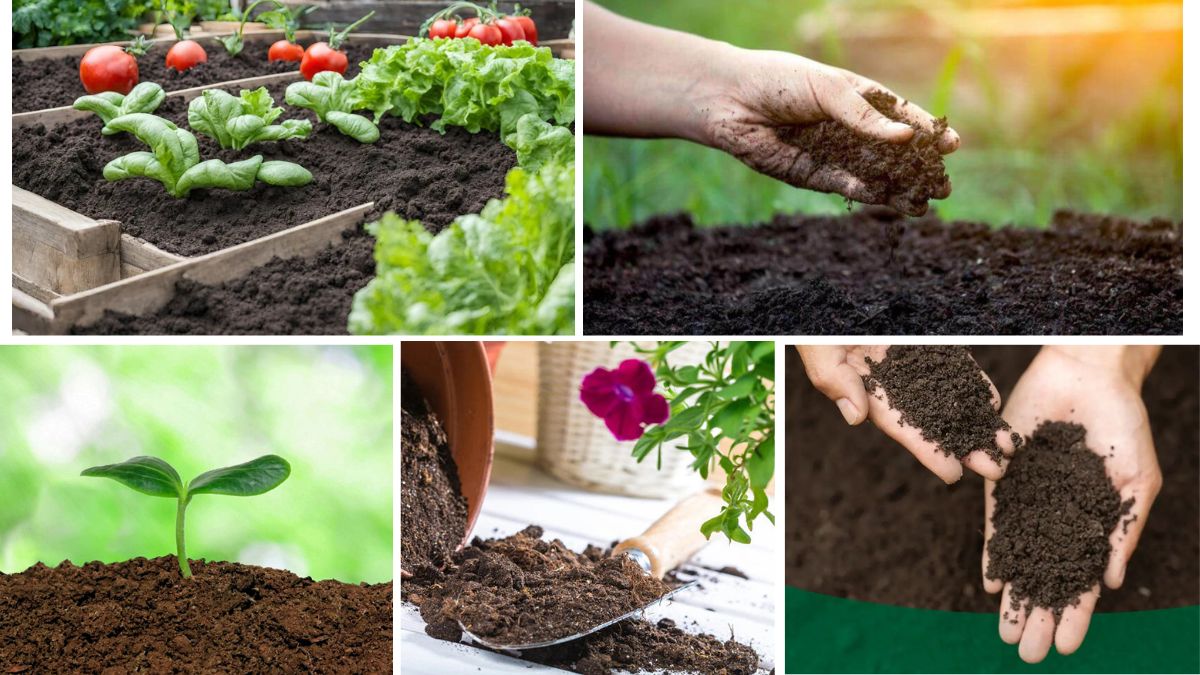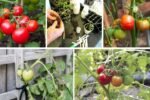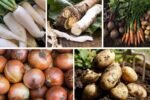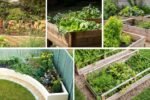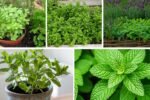Soil is more than just “dirt.” It is a living, dynamic system that supports plant life and affects everything from root health to nutrient uptake. For vegetable gardeners and commercial growers alike, understanding the best soil types for different vegetables can be the difference between a flourishing harvest and a frustrating season.
The key to successful vegetable gardening lies in matching the right soil type with the specific needs of each vegetable. Soil influences water retention, drainage, aeration, microbial activity, and nutrient availability. This guide dives deep into the optimal soil conditions for a wide variety of popular vegetables, how to identify your current soil, and how to amend it to suit your crops.
Understanding Soil Basics
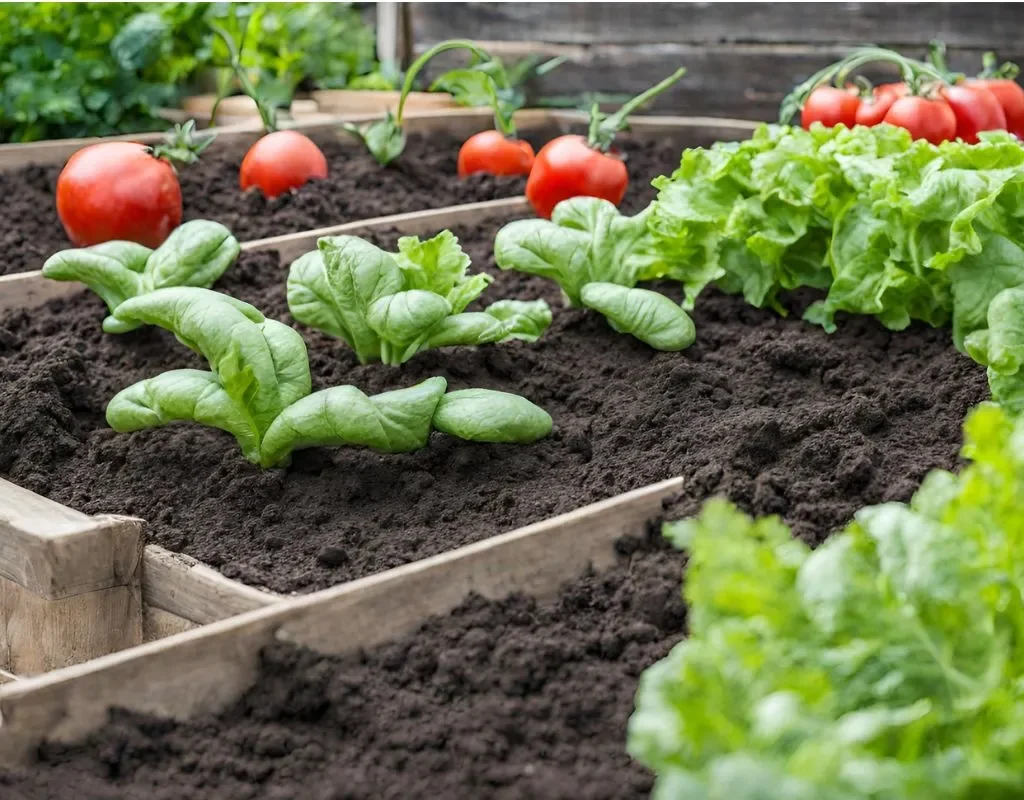
Before delving into specific vegetables, it’s essential to understand the six primary types of soil:
- Sandy Soil – Drains quickly, warms up fast, and is easy to cultivate but lacks nutrients.
- Clay Soil – Rich in nutrients and moisture-retaining but often compacted and poorly aerated.
- Silty Soil – Fertile and smooth, holds moisture well, but can compact easily.
- Loamy Soil – A balanced mix of sand, silt, and clay. This is the ideal soil for most vegetables.
- Peaty Soil – High in organic matter and moisture-retentive; often acidic.
- Chalky Soil – Alkaline in nature, may lead to nutrient deficiencies in some plants.
The ideal vegetable garden soil is loamy, with a pH between 6.0 and 7.0, rich in organic matter, well-draining, and teeming with microbial life.
Soil Types for Popular Vegetables
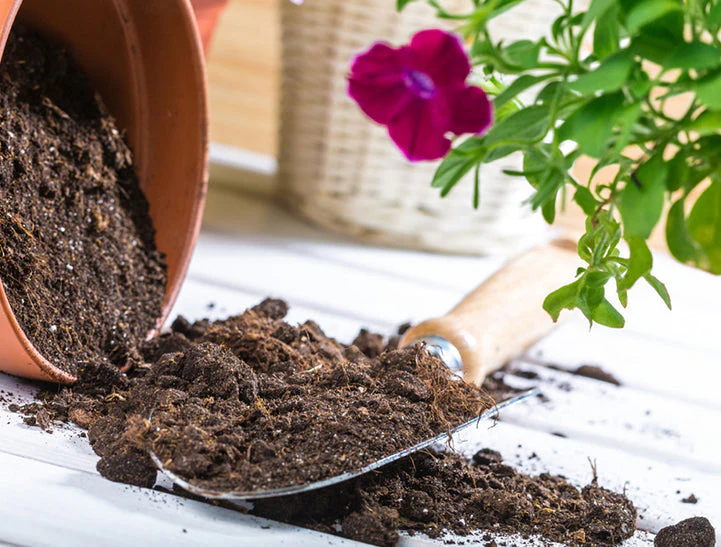
1. Tomatoes
- Preferred Soil: Loamy soil enriched with compost.
- pH Range: 6.0–6.8
- Why: Tomatoes are heavy feeders and need well-aerated, nutrient-rich soil with good drainage to prevent root rot.
2. Carrots
- Preferred Soil: Sandy loam or light loam
- pH Range: 6.0–6.8
- Why: Carrots need loose, stone-free soil to grow straight and long. Compacted or clay soil can lead to stunted or forked roots.
3. Potatoes
- Preferred Soil: Sandy or silty loam
- pH Range: 5.0–6.5 (slightly acidic)
- Why: This promotes tuber development and reduces the risk of scab (a common disease in alkaline soil).
4. Lettuce
- Preferred Soil: Loamy or silty soil with high organic content
- pH Range: 6.0–7.0
- Why: Lettuce requires constant moisture but doesn’t tolerate waterlogged roots, making well-drained loamy soil ideal.
5. Onions and Garlic
- Preferred Soil: Loamy or sandy loam
- pH Range: 6.0–7.0
- Why: Bulb crops need soil that drains well to avoid rot but retains enough nutrients for development.
6. Beans (Bush and Pole)
- Preferred Soil: Loamy or sandy loam
- pH Range: 6.0–7.5
- Why: Beans fix their own nitrogen but need good drainage and aeration to thrive.
7. Cabbage and Broccoli
- Preferred Soil: Clay loam or loamy soil enriched with compost.
- pH Range: 6.5–7.5
- Why: Brassicas are nutrient-hungry and thrive in soils rich in organic matter and moisture.
8. Spinach
- Preferred Soil: Loamy or silty loam
- pH Range: 6.5–7.5
- Why: Spinach is sensitive to acidic soils and performs best in slightly alkaline, well-fertilized, moisture-retentive soils.
9. Peppers (Bell and Chili)
- Preferred Soil: Loamy with excellent drainage
- pH Range: 6.0–6.8
- Why: Like tomatoes, peppers require warmth and rich, well-aerated soil with steady moisture.
10. Beets
- Preferred Soil: Sandy loam or loamy soil
- pH Range: 6.0–7.5
- Why: Loose soil helps root expansion and uniform growth. High nitrogen should be avoided as it encourages leaf over root growth.
Soil Preparation Tips for Optimal Results
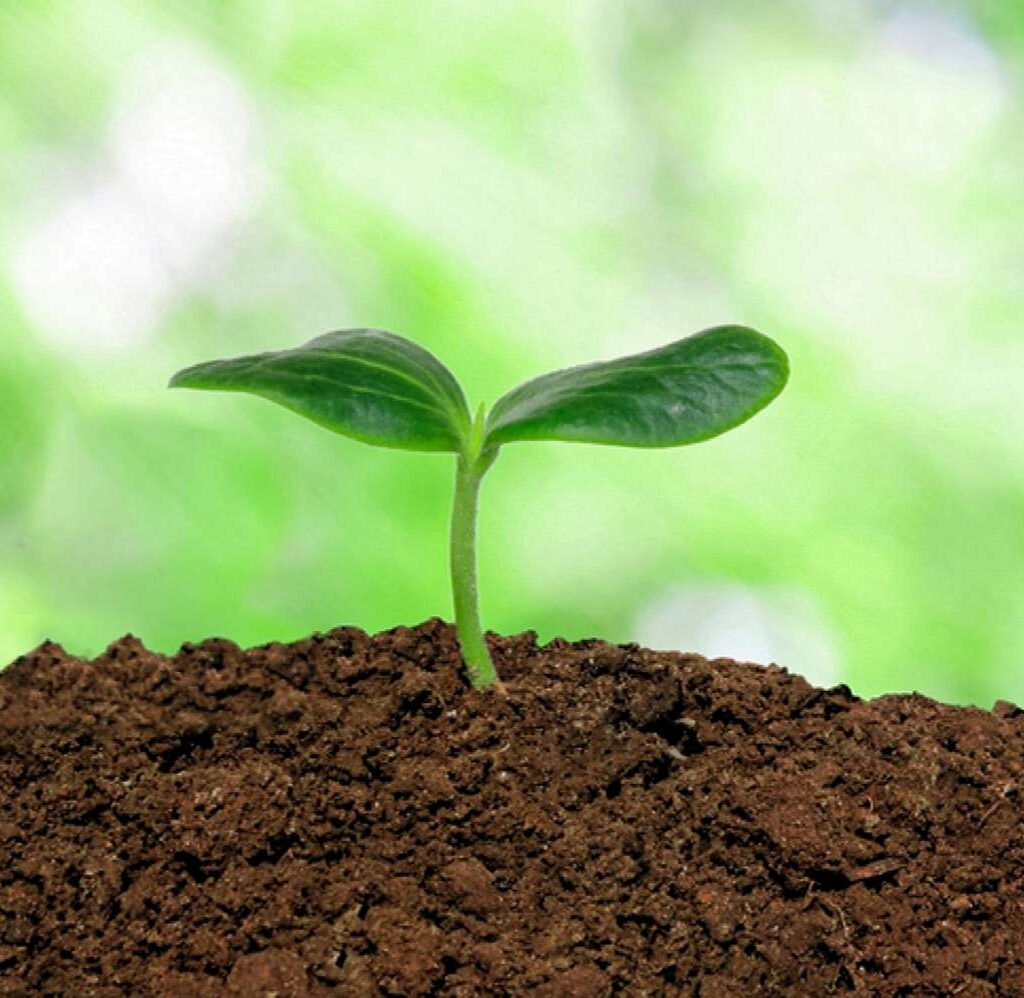
Regardless of your base soil type, modification is possible to make it suitable for your chosen vegetables. Here’s how:
1. Add Organic Matter
Compost, aged manure, and leaf mold improve soil texture, fertility, and water retention.
2. Correct pH
- Use lime to raise pH in acidic soils.
- Use sulfur or composted pine needles to lower pH in alkaline soils.
3. Improve Drainage
- Mix coarse sand or perlite into clay soils.
- Install raised beds to prevent waterlogging.
4. Mulching
Use organic mulches like straw or wood chips to regulate moisture and temperature and improve structure as it decomposes.
Soil Testing: A Critical Step
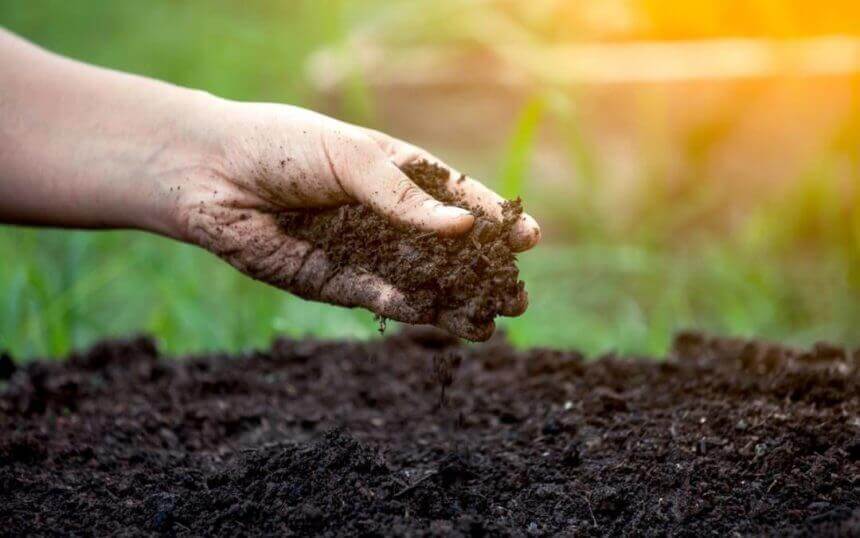
Before planting, test your soil’s pH, nutrient levels (N-P-K), and texture. Soil testing kits are widely available, or you can send a sample to your local agricultural extension service.
Regular testing allows you to apply fertilizers or amendments only when needed, saving money and avoiding nutrient runoff that harms the environment.
Customizing Soil for Container or Balcony Gardening
For urban growers, container gardening is increasingly popular. Here’s how to optimize soil in pots:
- Use lightweight potting mixes with coco coir, perlite, and compost.
- Avoid garden soil in containers—it compacts and drains poorly.
- Refresh soil every growing season with new compost or nutrients.
Climate, Soil, and Sustainability
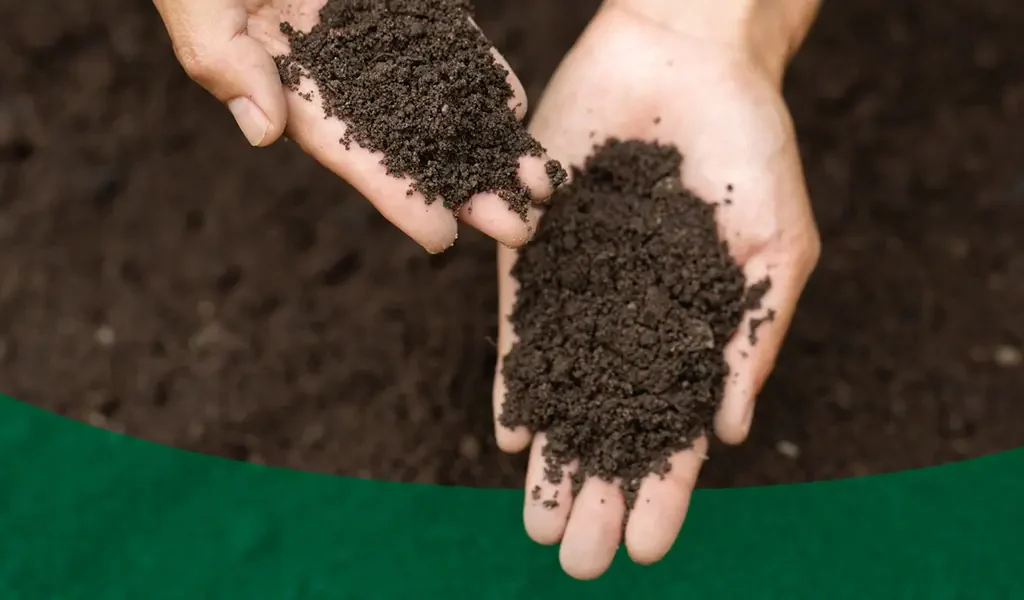
Certain vegetables do better in certain climates, which influences the best soil types. For example:
- Tropical vegetables (okra, eggplant) prefer well-drained, sandy soils.
- Cool-season vegetables (kale, cauliflower) do well in denser, nutrient-rich loams.
Sustainable practices like crop rotation, green manures, and cover crops maintain soil fertility and structure over time.
Conclusion: Know Your Soil, Grow Your Success
The success of any vegetable crop lies beneath the surface—in the soil. Tailoring your soil to the specific needs of your crops is one of the most impactful steps you can take toward improving yield, quality, and disease resistance. Whether you’re growing tomatoes on a sunny farm or spinach on an apartment balcony, understanding and managing soil type is the true root of gardening success.
As we move into a future shaped by sustainability, food security, and self-reliance, soil knowledge becomes not just a gardener’s tool but a global necessity. By learning which soils support which vegetables best, we empower ourselves to cultivate healthier food and a healthier planet—one harvest at a time.
